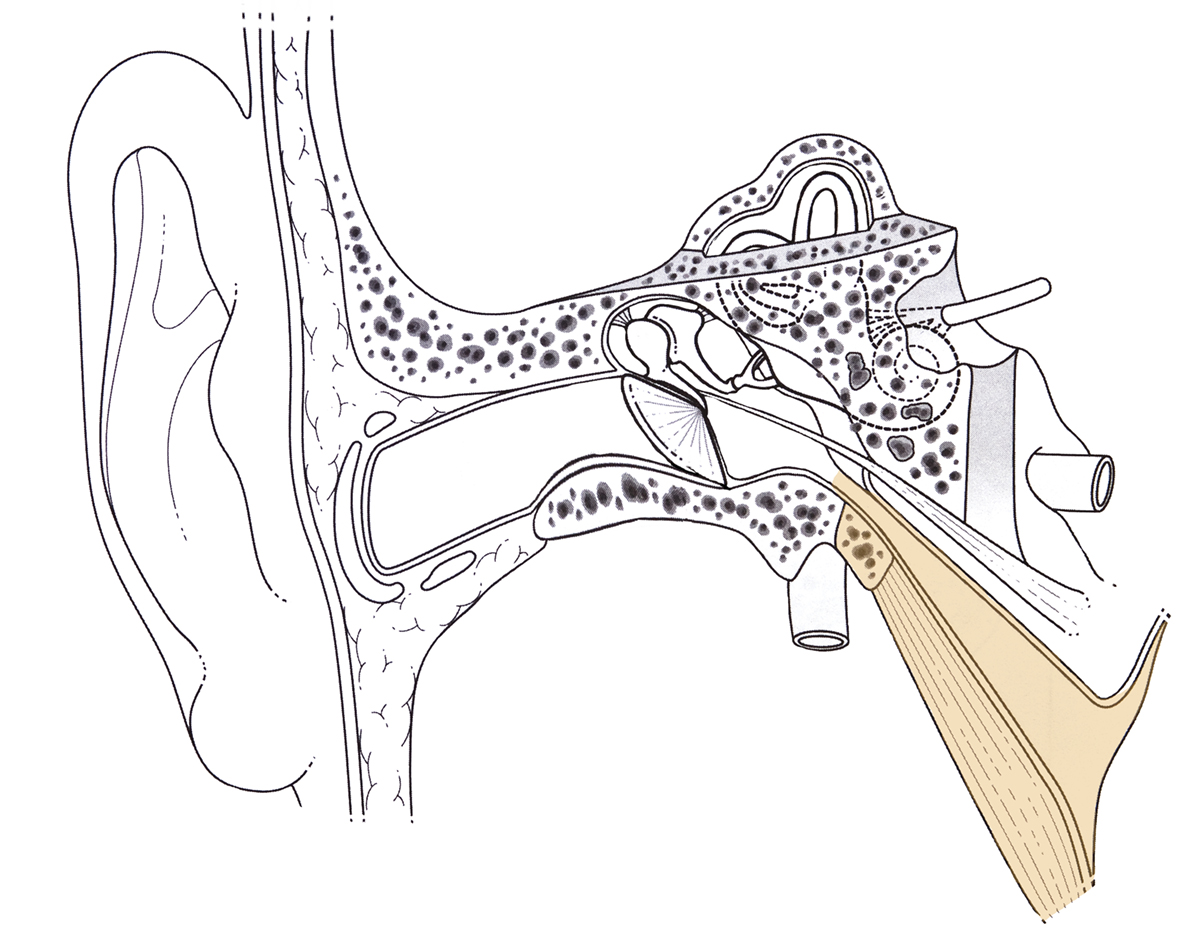
Information on the Eustachian Tube
When the Eustachian tube gets blocked its normal functioning gets compromised and the condition involves numerous different symptoms. The Eustachian tube is narrow and long and its primary function is to connect the middle ear with upper region of the throat, located just right above the palate.
Its secondary function is to aid the ear in the process of draining of the fluids and to maintain the air pressure contained in the middle ear. It is only less than two inches in length and it is closed most of the time. It only gets opened periodically so that the air can get inside the middle ear and the mucus can get drained outside the middle ear.
By doing so, it regulates the air pressure inside the middle ear and prevents the mucus from piling up in the middle ear area. If anything blocks the Eustachian tube, its functioning gets compromised so it can cause numerous medical complications.
Causes and Symptoms
There are numerous different factors which may cause the Eustachian tube to become blocked. As a direct result of the blockage, certain changes of air pressure in the inner ear occur, and the fluids and mucus get accumulated in the area as well. The blockage usually gets triggered by numerous allergic reactions, throat infections, common cold, sinus infections, influenza and certain other medical conditions.
If the blockage is caused by an infection it usually involves inflammatory conditions which block the tube. The tube may be blocked by the mucus that gets accumulated when a person suffers a common cold.
Glue ear is another condition which may be causing the Eustachian tube to become blocked. In this condition, the middle ear gets filled with a certain type of fluid which is very similar to glue.
Various different physical activities may cause the Eustachian tube to become blocked as well. Most cases of this condition involve certain types of symptoms such as ear pain, tinnitus, swelling, popping noises in the ear, poor hearing, dizziness, congestion in the ears and sometimes even fever, usually when the condition gets triggered by an infection.
This medical condition mostly affects the children because their Eustachian tube is much shorter than the tube of adult persons.
Treatment
Most cases of Eustachian tube do not require any type of treatment and the condition gets resolved on its own in a matter of just a few days. Severe cases may require the use of decongestant nasal drops or sprat, steroid nasal sprays, antibiotic medications or antihistamine tablets.



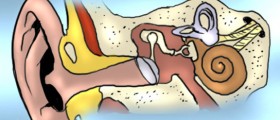


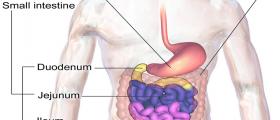

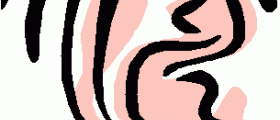

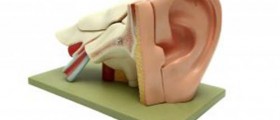
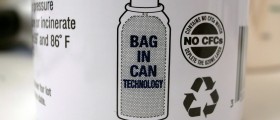


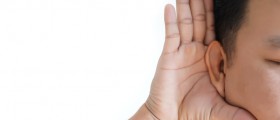
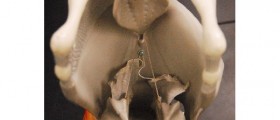
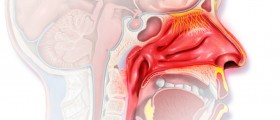
Your thoughts on this
Loading...